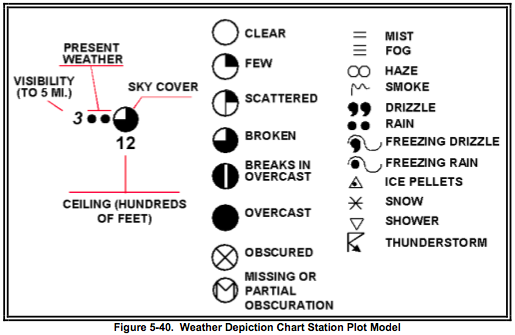


Children will learn their letter sounds in Reception.Just as a side note - you can select some pervert encoding, like 'zip', 'base64', 'rot' and some of them will convert from string to string, but I believe the most common case is one that involves UTF-8/UTF-16 and string.

Then you decode a string (with selected encoding) and get brand new object of the unicode type.

Then, again - you'd like to do the opposite - read string encoded in UTF-8 and treat it as an Unicode, so the \u360 would be one character, not 5. So you have to encode it (for example - in UTF-8), you call encode('utf-8') and you get a string with '\u' inside, which is perfectly printable. You can search it, split it and call any string manipulating function you like.īut there comes a time, when you'd like to print your unicode object to console or into some text file. The way it is stored by Python in memory is none of your concern. You can create some unicode object, which doesn't have any encoding set. decode('encoding') results in an unicode object and can be called on a string, encoded in given encoding. encode('encoding') results in a string object and can be called on a unicode objectĪString.
#Decode definition software
The Absolute Minimum Every Software Developer Absolutely, Positively Must Know About Unicode and Character Sets (No Excuses!)ĪnUnicode.I believe there are some changes in unicode handling in python 3, so the above is probably not correct for python 3. You typically decode a string of bytes whenever you receive string data from the network or from a disk file. U'\xc3\xa6\xc3\xb8\xc3\xa5' # the interpreter prints the unicode object like so Use unicode('.', encoding) or '.'.decode(encoding). To convert a string of bytes to a unicode string is known as decoding. You typically encode a unicode string whenever you need to use it for IO, for instance transfer it over the network, or save it to a disk file. UnicodeEncodeError: 'ascii' codec can't encode characters in position 0-5: To represent a unicode string as a string of bytes is known as encoding. Again, with separate byte and string types in Python 3, this is no longer an issue. You are right, though: the ambiguous usage of "encoding" for both these applications is. Used like this, str().encode() is also superfluous.īut there is another application of the latter method that is useful: there are encodings that have nothing to do with character sets, and thus can be applied to 8-bit strings in a meaningful way: > s.encode('zip') UnicodeDecodeError: 'ascii' codec can't decode byte 0xc3 in position 0: UnicodeEncodeError: 'ascii' codec can't encode character u'\xf6' in position 0:įor str().encode() it's the other way around - it attempts an implicit decoding of s with the default encoding: > s = 'ö' Unicode().decode() will perform an implicit encoding of s using the default (ascii) codec. It is mainly there for historical reasons, i think. The decode method of unicode strings really doesn't have any applications at all (unless you have some non-text data in a unicode string for some reason - see below).


 0 kommentar(er)
0 kommentar(er)
